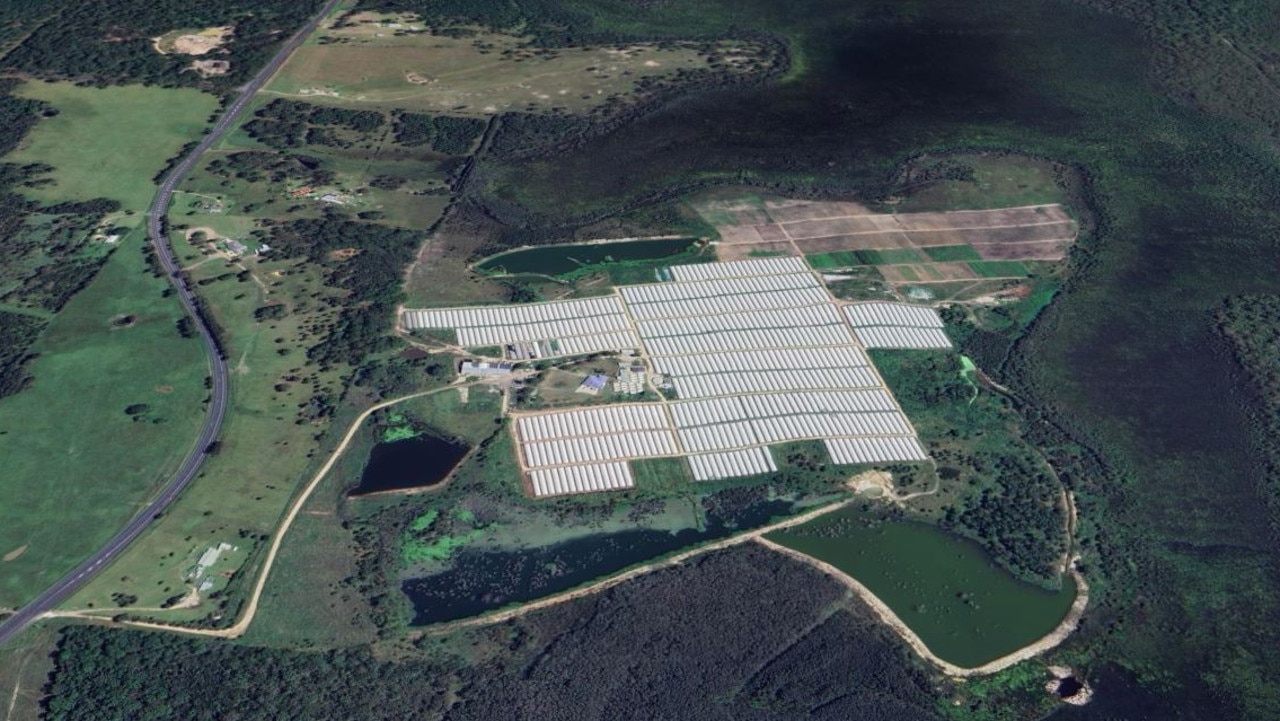Anger over political inaction at Barmah-Millewa Choke
About 250,000 cubic metres of sand a year is being deposited in the Barmah choke, but no action is being taken to dredge it.

Federal water Minister Keith Pitt has committed $3 million to yet another feasibility study into the declining capacity of the narrow Barmah-Millewa Choke to deliver water to Lower Murray irrigators, almost a decade on from when the last one was finalised in 2012.
The last study called for changes in operating rules, using the Mulwala Canal and Edward River to bypass the choke, lowering the minimum operating levels of Lake Mulwala and the Mildura and Euston Weir pools, plus allowing more water to flow into the Murray from the Goulburn and Murrumbidgee Rivers (below the choke).
Since then the Murray Darling Basin Authority has been forced to keep releases from Yarrawonga Weir below 9,200 megalitres a day, to keep the water in the channel at Picnic Point – an 18.6 per cent reduction in the choke’s capacity in the 1980s of 11,300 ML/day.
Deniliquin private diverter Louise Burge said one key solution was using the Mulwala Canal and the network of creeks north of the choke to bypass it, as well as constraining irrigation development and thus water demand in the Lower Murray.
But like many irrigators Ms Burge is frustrated that so little action has been taken, given the number of consultants, reports and taxpayer funded time had already gone into making recommendations that have not been enacted.
“It’s a symptom of government bureaucrats and politicians failing to act,” Ms Burge said.
“The solution is to look at these smaller creek systems and look at what levels they can be safely run.”
Rochester irrigator and former Victorian Farmers Federation water council chairman Richard Anderson said he was all too aware of how much money had been spent on studies into the choke, with little to show for it.
“If you de-snagged it, I reckon the river would clear itself out,” Mr Anderson said. But he acknowledged environmentalists would probably to try stop the removal trees that had fallen into the river or any attempts to dredge the choke.
A recent MDA study found the 1860s gold mining boom had led to a massive slug of sand washing into the river over the past century, slowly strangling the choke.
Federal Water Minister Keith Pitt said “the volume of sand involved is enormous – 20 million cubic metres between Yarrawonga and Picnic Point.
“About 250,000 cubic metres of sand is being transported into the Barmah Millewa reach each year,” he said.
Asked if dredging was the solution Mr Pitt said “the ecological, economic and community implications of any course of action to deal with the sand in the Barmah-Millewa reach must be carefully considered.
“The MDBA has already been out talking with local communities, within constraints of Covid-19. The feedback is being incorporated into our considerations on how to manage and deal with the sand. There is no one simple fix.”




